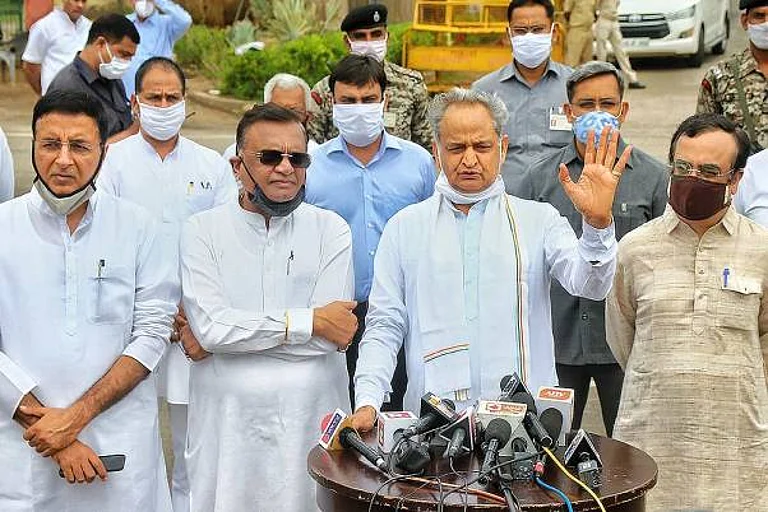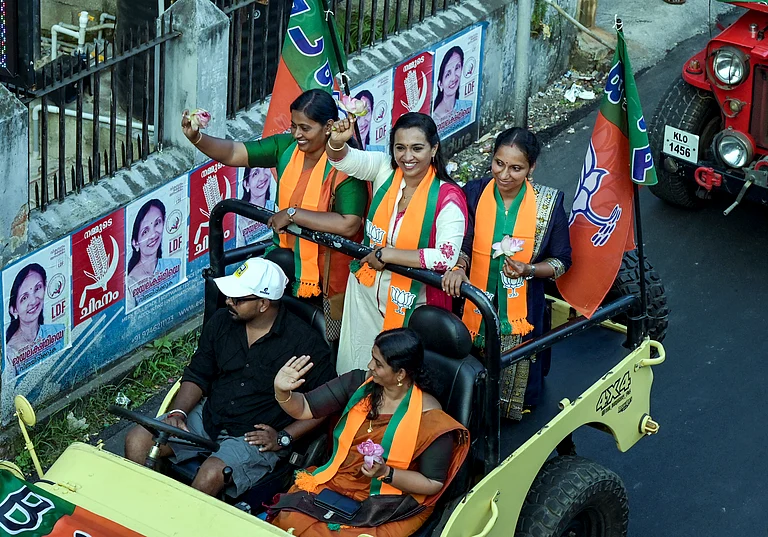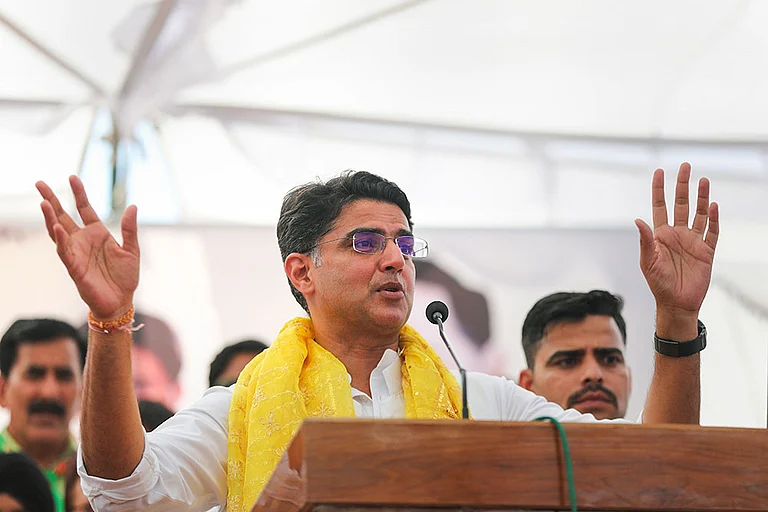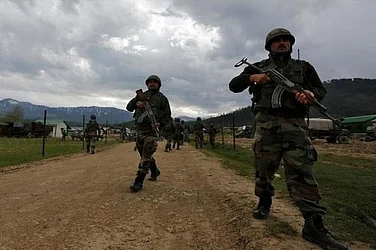Political parties in India, despite advocating women-centric policies, continue to lag in fielding female candidates, revealing a stark gender disparity in political representation in the Assembly Elections 2023. Here's a detailed breakdown of the recent state assembly elections and the persistent underrepresentation of women:
Promises vs. Reality
In the recent state assembly elections, promises aimed at women voters ranged from subsidized LPG cylinders to free rides on urban public transport. However, both the Bharatiya Janata Party and Congress fell short in fielding women candidates. Congress distributed 28 tickets, while BJP allotted 20 in a 200-member state assembly of Rajasthan.
Not just LPG cylinders, both Congress and BJP focus on women's empowerment in their electoral promises. In Rajasthan, both parties pledged CCTV cameras for women's safety and 33 per cent reservation in the police force. Congress committed to faster investigation of harassment cases, while BJP promises fast-track courts. Madhya Pradesh saw BJP's promises to build homes for Ladli Behna beneficiaries and increase aid under the Ladli Laxmi scheme. Meanwhile, Congress vowed financial assistance under Meri Bitiya Rani Yojana and support for widow remarriage.
Telangana's BJP introduced Aada-Bidda Barosa which guaranteed jobs, 1 per cent interest loans, and a Mahila Rythu Corporation. Congress promised free bus travel, electric scooters, gold, and Rs 1 lakh under Kalyanamastu scheme.
In Chhattisgarh, Congress ensured Rs 15,000 monthly assistance under Griha Lakshmi Yojana and loan waivers for self-help groups. BJP pledges Rs 12,000 in financial aid under Mahtari Vandan Yojana and Rs 1.5 lakh for girls from BPL families.
Mizoram's BJP promises Rs 1.5 lakh for every girl child, free education, free scooters, and 33 per cent reservation for women in jobs.
Unmet Targets
According to a report by the Hindustan Times, women's representation falls below 12 per cent in both BJP and Congress across states namely Madhya Pradesh, Rajasthan, Chhattisgarh, Telangana, and Mizoram. This falls significantly short of the 33.33 per cent target set by the Women's Reservation Bill passed by Parliament.
According to Money Control, in the recent elections, Congress allocated 28 tickets to women candidates, while BJP provided 20 in the 200-member Rajasthan assembly. The 2018 assembly polls saw Congress granting tickets to 27 women, and BJP fielding 23.
In the Madhya Pradesh assembly elections held on November 17, BJP featured 28 women candidates, while Congress had 30 out of a total of 230 seats in the state. The corresponding numbers in 2018 were 24 for the BJP and 27 for Congress.
The Chhattisgarh assembly elections with 90 total seats, occurred in two phases on November 7 and 17, with BJP announcing 14 women candidates and Congress, 3. Roughly 10 per cent of contestants were women, and 13 of them emerged victorious.
In the Telangana Assembly election on November 30, BJP declared 14 women candidates, and Congress fielded 11 for the 119 seats. In 2018, 136 women filed nominations, constituting 8 per cent of the total 1,782 nominations.
In the single-phase Mizoram elections on November 7, Congress had two women candidates, and BJP had four. In 2018, the Mizo National Front (MNF) did not field any women candidates, and out of the 16 women who contested, only two retained their deposits.
Women's representation in Chhattisgarh
In Chhattisgarh, BJP and Congress have shown commitment to enhancing women's representation, with 15 per cent female candidates in the first phase which aligned with the Women’s Reservation Bill advocating for a 33 per cent quota for women.
According to India Today, a set of data revealed a steady increase in female candidate percentages in Chhattisgarh's elections since 2008. The Chhattisgarh Assembly elections witnessed the emergence of 25 women candidates, accounting for 11 per cent of the participants in the initial phase. This notable development in the state's electoral dynamics showcases a marginal one per cent increase from the previous assembly elections.
Performance by female candidates
Over the past three electoral cycles, the performance of female candidates in Indian politics has seen fluctuations. In the 2018 elections, the Congress demonstrated a notable success rate of 77 per cent with 13 female candidates, surpassing the BJP, which achieved a modest 7 per cent victory among its 14 female contenders, according to India Today.
In the 2013 elections, the BJP secured a commendable 55 per cent success rate with 11 female candidates, while the INC's 14 female candidates claimed victories at a rate of 29 per cent. Going back to 2008, both the BJP and INC, fielding ten female candidates each, recorded win rates of 60 per cent and 50 per cent, respectively. Notably, other political parties failed to secure any victories with their female candidates across these elections.
A BJP functionary who spoke to HT reiterated the point of the 'winnability' factor as an important reason of choosing female candidates. He reportedly said, "The BJP is committed to giving more tickets to women. But at the same time, we look at the winnability of the candidate. He further added, "There is a process for deciding candidates, which includes factors such as caste, gender and experience."
A senior strategist from the Congress party highlighted that the party achieved a significant milestone by securing the Rajya Sabha's approval for the women's reservation bill in 2010 as he spoke to HT. He said, "We have also introduced women quota in our Working Committee, the highest executive body. In the elections too, we continue to give more space for women candidates. This ratio will certainly improve." He also mentioned a point similar to the BJP functionary that the selection of candidates depends upon the 'winnability' factor.
For the women candidates to do well, they need a fair chance at the game to prove their 'winnability' and the Assembly elections in the five states were a testament to the impact of female candidates on the voters and a step towards decreasing gender parity in politics.



























